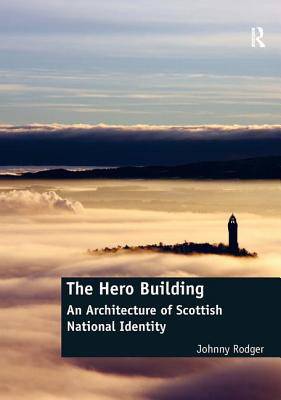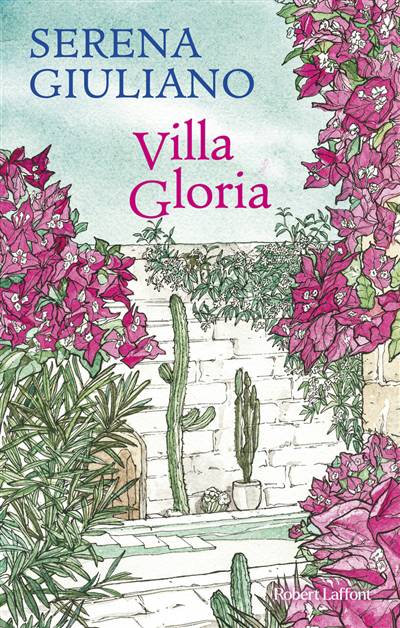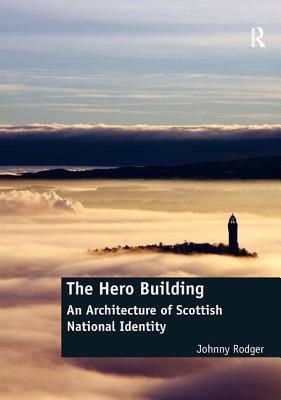
- Retrait gratuit dans votre magasin Club
- 7.000.000 titres dans notre catalogue
- Payer en toute sécurité
- Toujours un magasin près de chez vous
- Retrait gratuit dans votre magasin Club
- 7.000.0000 titres dans notre catalogue
- Payer en toute sécurité
- Toujours un magasin près de chez vous
195,95 €
+ 391 points
Format
Description
Why was it that, across Scotland over the last two and a half centuries, architectural monuments were raised to national heroes? Were hero buildings commissioned as manifestations of certain social beliefs, or as a built environmental form of social advocacy? And if so, then how and why were social aims and intentions translated into architectural form, and how effective were they? A tradition of building architectural monuments to commemorate national heroes developed as a distinctive feature of the Scottish built environment. As concrete manifestations of powerful social and political currents of thought and opinion, these hero buildings make important statements about identity, the nation and social history. The book examines this architectural culture by studying a prominent selection of buildings, such as the Burns monuments in Alloway, Edinburgh and Kilmarnock, the Edinburgh Scott Monument, the Glenfinnan Monument and the Wallace Monument in Stirling. They give testimony to how a variety of architectural forms and styles can be adapted through time to bear particular social messages of symbolic weight. This tradition, which literally allows us to dwell on important social issues of the past, has been somewhat neglected in serious architectural history and heritage, and indeed one of the main monuments has already been destroyed. By raising awareness of this rich architectural and social heritage, while analysing and interpreting the buildings in their historical context, this book makes an exciting and original scholarly contribution to the current debates on identity and nationality taking place in Scotland and the wider UK.
Spécifications
Parties prenantes
- Auteur(s) :
- Editeur:
Contenu
- Nombre de pages :
- 242
- Langue:
- Anglais
Caractéristiques
- EAN:
- 9781472452719
- Date de parution :
- 28-06-15
- Format:
- Livre relié
- Format numérique:
- Genaaid
- Dimensions :
- 175 mm x 246 mm
- Poids :
- 1019 g

Les avis
Nous publions uniquement les avis qui respectent les conditions requises. Consultez nos conditions pour les avis.






